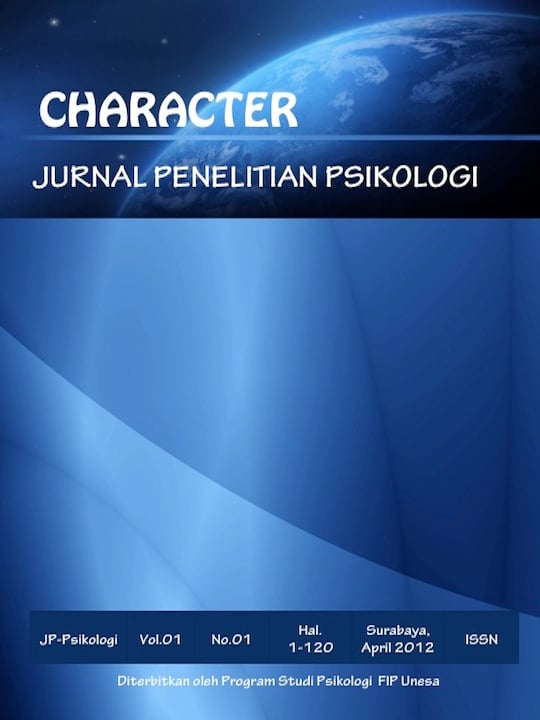The Relationship Between Peer Conformity and Bullying Behavior in Middle School Students
DOI:
https://doi.org/10.26740/cjpp.v10i1.53680Abstract
This research is motivated by the rise of cases of bullying behavior in adolescents, one of the causes of which is peer conformity, especially at school. The purpose of this study was to find out whether there is a relationship between peer conformity and bullying behavior of junior high school students, the research location is SMP Negeri 2 Puri Mojokerto. The respondents used were class VII and VIII with a total sample of 158 students. This research method is quantitative with saturated sampling technique using SPSS 17.0 for Windows. The instrument used is the conformity scale and bullying behavior using a questionnaire. In this analysis using the Product Moment Correlation Analysis formula using SPSS 17.0 for windows, the researcher conducted an analysis test on 158 students with a result of 0.000 which was significantly less than 0.05 or p<0,05. Hypothesis testing produces a correlation coefficient of -0.363 between the variables of conformity and bullying behavior, to test the hypothesis using Pearson's Product Moment, showing a low negative correlation between the x and y variables. So there is a significant relationship between peer conformity and student bullying behavior so that it has a negative but low correlation.
Key word : Conformity, Bullying behavior
Downloads
Downloads
Published
How to Cite
Issue
Section
License
Authors who publish in this journal agree to the following terms:
Copyright in any article is held by the author.
The author grants the journal, publication rights with the work simultaneously licensed under a Creative Commons Attribution License that allows others to share the work with an acknowledgment of the work's authorship and initial publication in this journal.
Authors may enter into separate, additional contractual arrangements for the non-exclusive distribution of the journal's published version of the work (e.g., posting it to an institutional repository or publishing it in a book), with an acknowledgment of its initial publication in this journal.
Authors are permitted and encouraged to post their work online (e.g., in an institutional repository or on their website) prior to and during the submission process, as this can lead to productive exchanges, as well as earlier and greater citation of published work.
 Abstract views: 362
,
Abstract views: 362
, PDF Downloads: 268
PDF Downloads: 268





